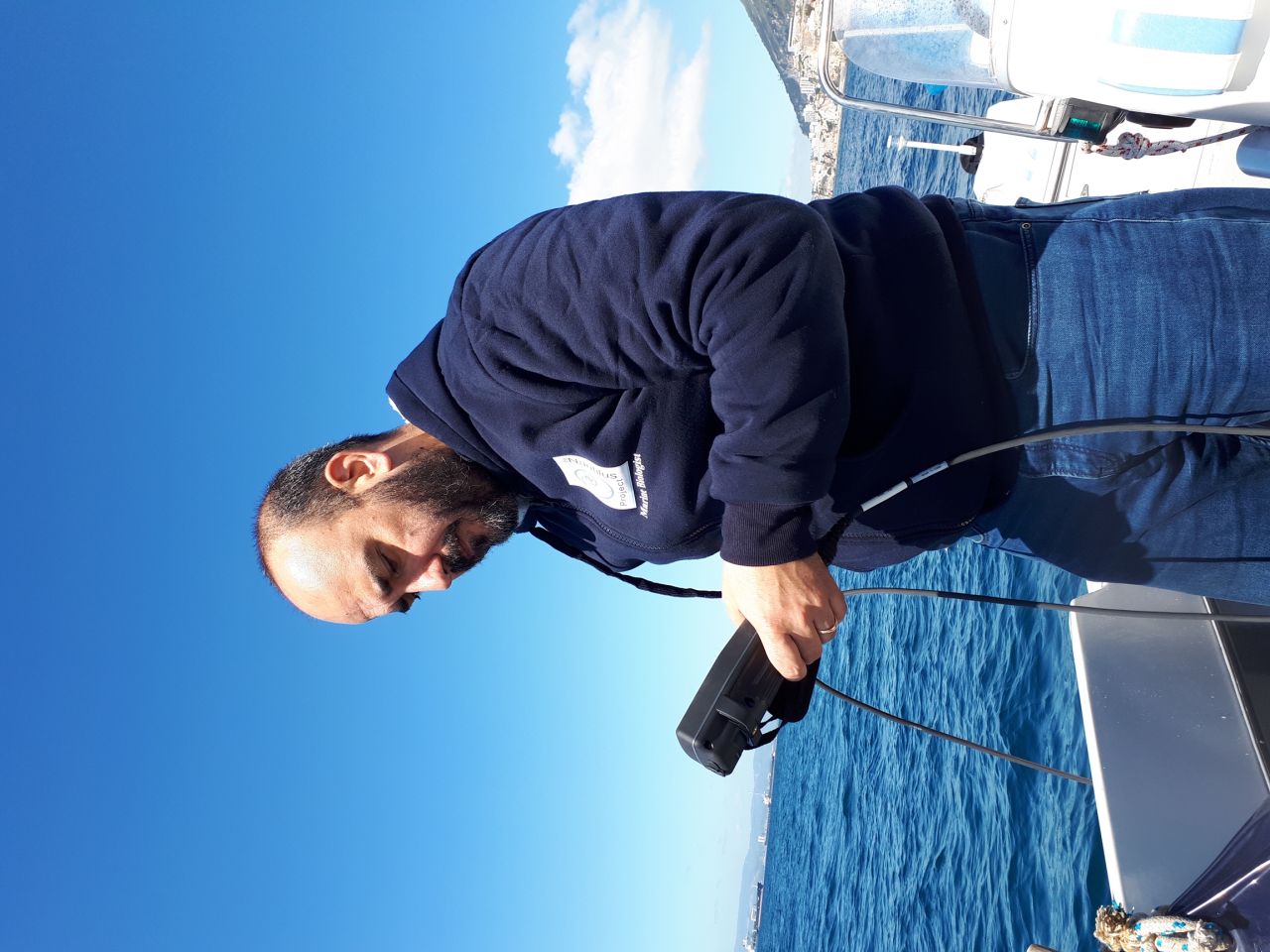Historic Rosia Bay

By Lewis Stagnetto
After the Battle of Trafalgar in 1805, Nelson’s body was brought into Rosia Bay aboard his ship HMS Victory. Local legend has it that he was brought inside a barrel of brandy, a claim that the Royal Navy vehemently deny, and was quickly shipped back to London for his state funeral.
If there is any truth to the story, then Rosia Bay is already as crucially important to our local British heritage as a site like the Moorish Castle. Yet Rosia Bay seems to have fallen out of the local consciousness and, as a result, is in quite serious disrepair. The old jetty has been practically breached by recent winter storms and it is doubtful it will be able to endure many more batterings before it collapses altogether. Inside the bay one sees a similar pattern with the old dock wall pretty much ready to fall into the sea. The walkway to the tiny beach is not much better, and this lack of maintenance increases the risk of an accident happening any day. The site has been earmarked for more luxury developments and heritage to one side, it is important to highlight a few good reasons why environmentally it is very important that this doesn’t happen.
The giant limpet, Patella ferruginea, is a locally protected species which has disappeared from many regional coastlines. These animals are sequential hermaphrodites starting as males and transitioning to females after they reach around 3cm in length. The fact that sex ratios can be so easily skewed by harvesting the largest individuals, which inevitably are all females, has historically decimated the reproductive capacity of established populations. Fortunately, Gibraltar has a stable population and the anecdotal evidence seems to suggest that this species is doing well, locally at least.
Another species which is being researched intensively is the Yellow Star Coral, Astroides calycularis. The distribution of this jellyfish relative is now limited to the western Mediterranean and the Adriatic Sea. This species forms colonies of polyps through asexual reproduction meaning that all the individual polyps are clones of the original settler. Consequently, it follows that the whole colony is either male or female. During harsh winters the colonies can become dislodged from their position and once on the seabed have little hope of surviving. This can inevitably have huge consequences on local populations depending on the ratio of male to females which are lost during the storms.
Gibraltar is home to two species of seahorses, Hippocampus hippocampus and Hippocampus guttulatus, the short and long snouted seahorses respectively. These strange fish are terrible swimmers and lead quite sedentary lives protecting a local territory in the case of the males. These fish are very vulnerable to habitat destruction as they rely on local seagrasses to prevent them from being swept away by currents which locally can be pretty strong. They wrap their prehensile tail around the grass blades and can waft in the currents searching for shrimps and copepods as they get swept by.
All these species are extremely special in their own ways and can be found in Rosia Bay. The protection offered by the mole has given these species a safe haven which they have taken full advantage of. Consequently, losing the mole would mean losing the bay, and that would likely mean losing these species. The unique habitat that was created by the British in the construction of the mole would no longer be afforded and Rosia would change quite dramatically for the worse.
Another factor to consider is that many of the local dive clubs specifically use Rosia Bay as a good place to train new divers. The plethora of life can be quite distracting especially if you are feeling uncomfortable about being underwater for the first time. All too often it can make the difference between being able to keep a novice diver underwater or them taking the emergency exit up the invisible ladder to the surface. The slow currents, shallow depths and abundance of life make Rosia the perfect training ground in that regard.
All factors considered, Rosia Bay has some very good things going for it but is in desperate need of investment. It requires the vision to reinstate its heritage credentials at the same time as safeguarding the natural ecosystem which has developed over the last couple of hundred years. The idea of leaving it to be reclaimed by the sea is pure negligence on the scale of allowing the castle to crumble; simply inconceivable. Yet, it seems increasingly likely that this is what is in store for the future. Once gone, it would pave the way for another luxury development that seem so fashionable these days; Nelson would be turning in his grave… or in his barrel!
Lewis Stagnetto is one of the founders of The Nautilus Project
Latest News
- Giovanni Origo Budget Speech 2025 - GSD Shadow Minster for Youth, Tourism, the Environment and Transport
- Budget 2025 Speech by Minister for Industrial Relations, Civil Contingencies and Sport, Leslie Bruzon
- HM Customs Gibraltar Launches ASYCUDA Version 4.4 to Modernise Border Management
- Budget 2025 Speech by Minister for Equality, Employment, Culture and Tourism Christian Santos
- Declaration Of Enlistment By Royal Gibraltar Police Recruits
- Local Actors Travel To UK Drama Festival
- Bridge House Charitable Trust Welcomes Donations
- GSD Says Principal Auditor Report 2018/19 Should Now Emerge
- The Budget 2025 – Minister Gemma Arias-Vasquez's Address
- Ministry Of Equality Marks Successful End Of The Sixth Cycle Of The Women’s Mentorship Programme



